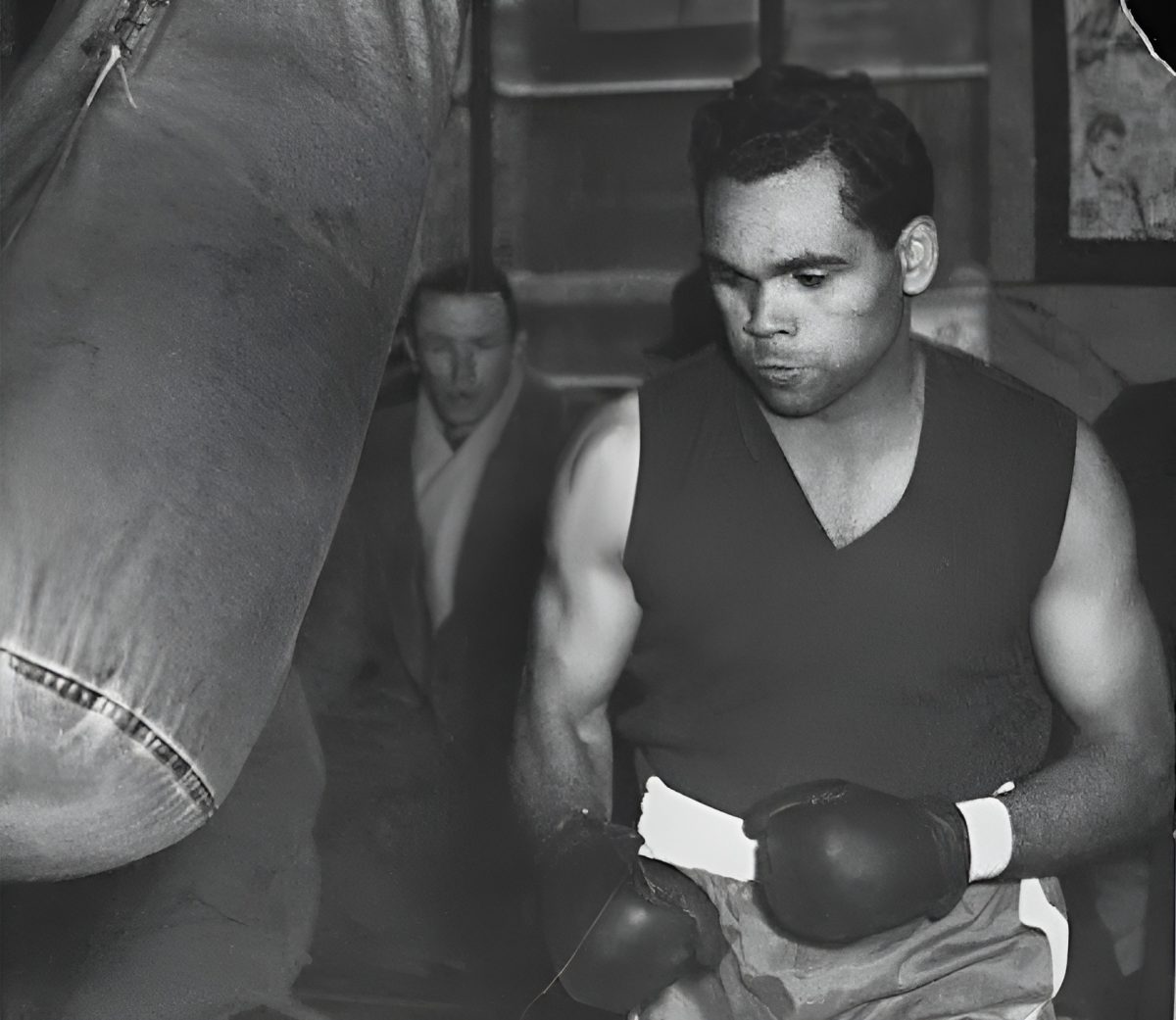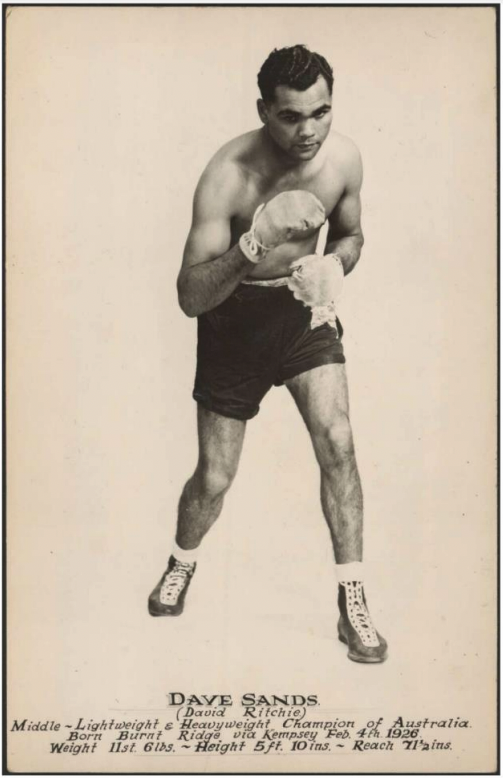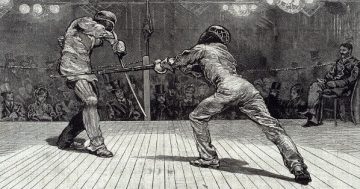
Dave Sands was considered one of Australia’s best boxers before his tragic death in 1952. Photo: File.
In the 1950s, Dave Sands was a rising star on the Australian boxing scene, with a handful of titles and a growing reputation before his tragic death at just 26 years of age.
His last fight, for the Australian heavyweight title, was held at Kyeamba Smith Hall in Wagga Wagga in July 1952.
Born in 1926 on the Burnt Bridge Aboriginal Reserve at Kempsey under the name David Richie, the young Dunghutti man and his five brothers would all prove to be gifted in the ”manly art” of boxing.
At 15, he moved to Newcastle to train and soon racked up more than a dozen wins by knockout.
Boxing under the name Sands, he proved a popular drawcard in Brisbane and Sydney and would win three titles in just 12 months.
In 1946, he won the Australian middleweight title, defeating Jack Kirkham by a knockout in the 12th round.
Felling Jack Johnson in four rounds, Sands added the light-heavyweight title to his collection and in August, he took out Alf Gallagher in the third round to secure the Australian heavyweight championship.
In 1949, he demolished visiting French fighter Tony Toniolo in the first round, and English promoter Jack Solomons signed Sands up for a tour of the UK.
After a bumpy start, the Australian soon hit his stride and capped off the tour with a decisive win over Commonwealth middleweight Dick Turpin.
An account in Melbourne’s Sporting Globe describes how Sands rattled Turpin with a left hook and “went berserk”.
“Hit or miss, he threw every punch he knew.
“Sands crammed more action into the 2 min 45 sec it took him to win the title than most fighters provide in 12 rounds.”
The win secured Sands the British Empire title and the rising Aussie star set his sights on the US and a bout with American champion Sugar Ray Robinson.
While he did win a couple of fights in the US in 1951, the match-up with Robinson remained elusive.

Dave Sands would fight his final bout in Wagga Wagga. Photo: National Library of Australia.
Back home in Australia in 1952, excitement was building in the Riverina with the news that the heavy-hitting Australian champion was to defend his heavyweight title against Jim Woods at Kyeamba Smith Hall (aka, The Riverina Stadium).
“This will be the first time that a heavyweight championship bout has been decided at Wagga,” reported The Daily Advertiser on the day of the fight, 9 July.
“The bookings have been extremely heavy and the biggest crowd ever to attend a fight in a country town.”
Woods would go into the fight with an impressive record of 27 wins and a draw from 28 bouts and weighed almost a stone more than the defending champion.
“Sands looks in the pink of condition and should treat the expected large crowd to an excellent fight against Jim Woods,” the story reads.
“Sands, who is a world rated fighter and thought by many of his admirers to be the best middleweight in the world, has on many occasions spotted big weight disadvantages to his opponents but always seems to produce that little bit of class when needed.”
That class was in evidence on the night as The Canberra Times noted that Sands was “superior from the beginning and it was obvious that he would have an easy win”.
“Woods was down for the compulsory count early in the fourth round and as soon as he rose, Sands knocked him out with a short right to the side of the head.”
Local promoter Arthur French sought to build on the success of the event and immediately offered American welterweight Freddie Dawson £2000 to fight Sands in “the open air” at Wagga.
While there was much discussion of the possible bout and Dawson indicated interest, the rival promoters who had brought the African-American star to Australia said he would not be allowed to fight in Wagga.
Tragically, the fight against Woods would be Sands’ last as on Monday, 11 August, 1952, he was driving a truck loaded with 15 passengers near Dungog when he lost control.
The vehicle overturned and the boxer suffered head and internal injuries and died that evening.
He was survived by his pregnant wife Betty, a son and two daughters. Sands’ third daughter was born in November.
A public appeal raised £2787 for his family.









